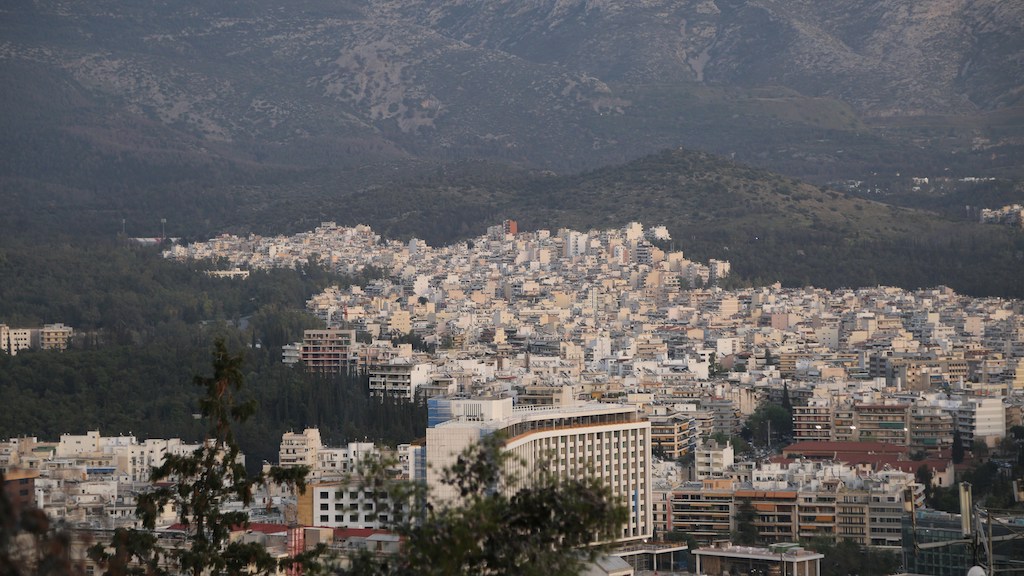Physical activity is a vital component of successful health promotion. Yet, Public Health England (2016) reported that the UK population is 20% less active than in the 1960s. Considering the significant consequences of inactivity, this is one of the country’s most pressing challenges.
Since the 1960s, physical activity has been designed out of our lives. There is a clear link between our living environment and our activity levels. New partnerships between architects and health professionals are forming to encourage healthy design. Physiotherapists, in particular, are well placed to be involved in these partnerships considering our expertise in physical activity prescription to assist rehabilitation and promote healthy living. Physiotherapists have the opportunity to be the interlink between patient’s reported barriers of their environment and city planners.
Considering the alarming statistic from Public Health England (2020): 37% people with disabilities were inactive compared to 18.2% of those without disabilities. This highlights the significant barriers that people with disabilities face in maintaining an active lifestyle. Jonathon Wolff,, a philosopher who has extensively studied health promotion and social determinants of health, offers a compelling perspective. He suggests we should change the world so everyone can fit in rather than trying to change or assist the person.
This idea might seem to contradict the traditional aims of physiotherapists, which focus on self-management and provision of mobility aims. However, why should we limit our impact to individual interventions when we have the potential to transform our environments to support everyone? By embracing this broader vision, we can help minimise barriers and support people with disabilities or health conditions in becoming more active.
Imagine communities with accessible walking routes, parks equipped with benches at regular intervals, and paths with tactile markings for the visually impaired. These adaptations can significantly enhance the ability of all individuals to engage in physical activity.
Physiotherapists can play a crucial role in this transformation. Our skills and knowledge position us to advocate for and implement changes that make physical activity a natural and integral part of daily lives. By collaborating with urban planners, architects, and policymakers, we can help design environments that encourage movement and activity for everyone, regardless of their physical abilities.

Saoirse McSweeney
Student physiotherapist (BSc), class of 2024. St George’s University of London
Saoirse is a final year physiotherapist from St George’s University of London. As part of her final year investigation, she wanted to use the opportunity to explore how she can intertwine her interest in the environment and her career as a physiotherapist. She is committed to incorporating the consideration of urban design on health into her practice and will continue to be involved with environmental physiotherapy.
To sum up, integrating physical activity into our daily environments is not just an opportunity but a necessity. As physiotherapists, we have the responsibility and the capability to lead healthy community design. By embracing our role in community design, we can contribute to creating healthier, more inclusive environments that support the well-being of all citizens. Together, let’s work towards a future where physical activity is seamlessly integrated into our lives, promoting health across the population.


